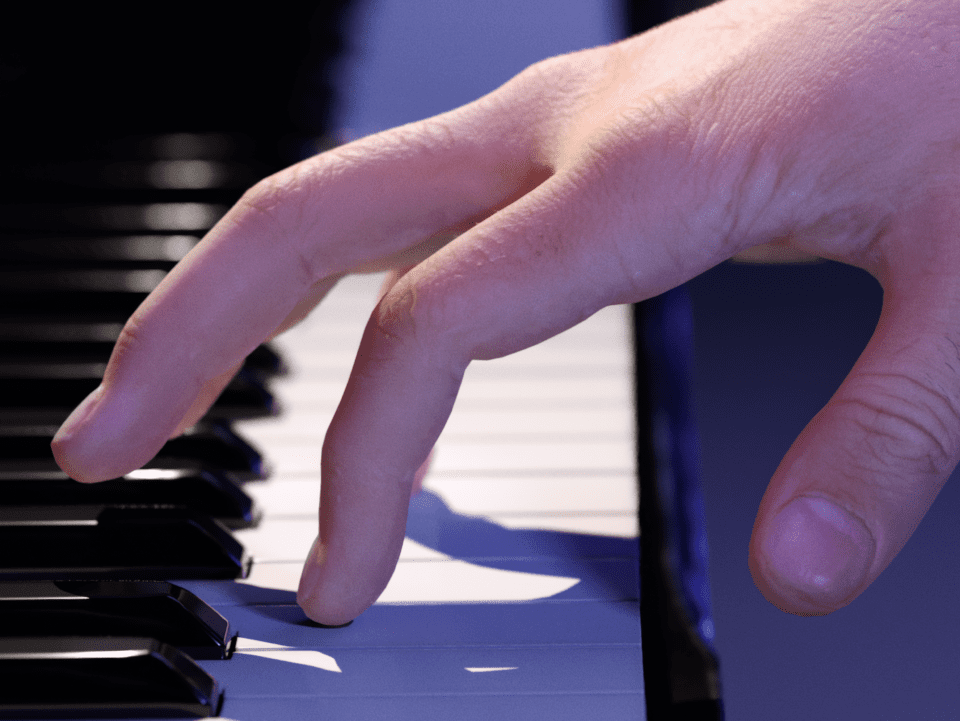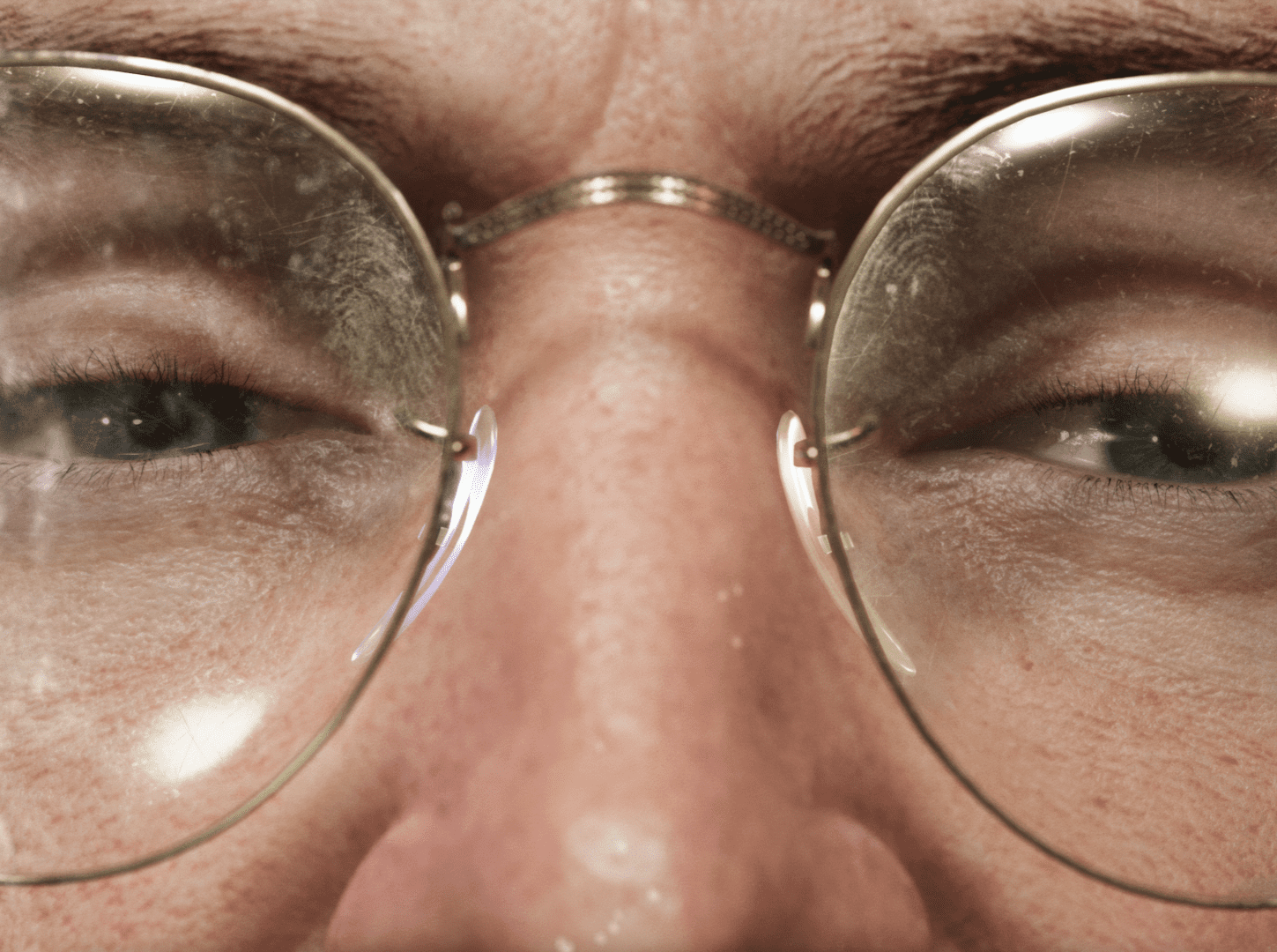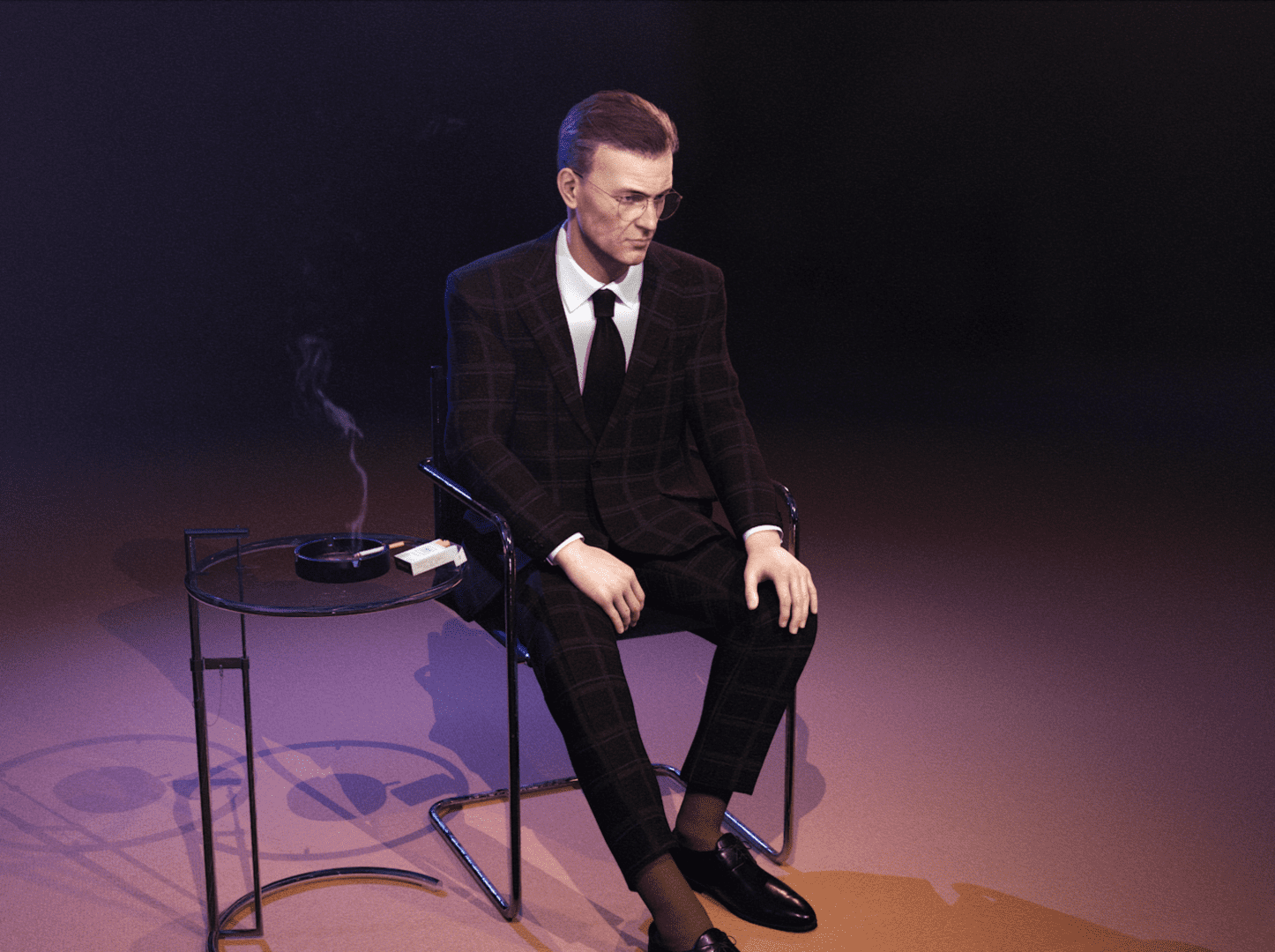“My life and my work are inextricable. How do I convey the life-ness that made these works – my life-ness – through the exhibition?” Ed Atkins (b. 1982), whose work is on view at the Tate right now, asks. “Not in some factual, chronological, biographical way, but through sensations. I want it so the more you see, the richer, more complex, less authored, less gettable things become.” Atkins is known for his computer-generated videos and animations, but it is his ability to imbue these creations with human emotion that has made him “one of today’s most influential British artists.” Atkins repurposes contemporary technologies in unexpected ways, borrowing techniques from cinema, video games, literature, music and theatre to examine the relationship between reality, realism and fiction. Now, Tate Britain presents the first UK survey of his work. The show features moving image pieces from the last 15 years alongside writing, paintings, embroideries and drawings. Together, they pit a weightless digital life against the physical world of craft and touch.

The display opens with two early videos: Death Mask II and Cur, both from 2010. Described by Atkins as “montages of intoxication, rejection and abandonment,” they establish the artist’s distinct style that runs through the entirety of his oeuvre. The pieces are conspicuously artificial with lens flares, autofocus racking and involuntary blurts of audio all making their way into the final product. Audiences are reminded that they are looking at something that is built and designed. Atkins has described these momentary glitches as “corpsing” – taken from a phrase commonly used in theatre, meaning the moment an actor breaks character to laugh – as they represent cracks in the artifice where reality peaks through. The pieces are jarring and often disorientating, as the digital and physical world collide. This is exaggerated by the layout of the entire exhibition. Artworks are split across rooms, repeated or altered. The familiar is made strange, representing the messiness of life.

Self-portraiture is a consistent thread in Atkins’ more recent work, which are always stalked by a lone version of the artist. In The Worm (2021), a digital avatar takes a 13-minute phone call from his mother. Despite the deeply personal nature of the conversation, the character remains isolated, listening attentively to the disembodied voice. Extreme close ups bring audiences into the intimate moment, whilst involuntary tics and awkward gestures make the character seem almost eerily real. It is only when one of Atkins’ characteristic technical errors occurs that viewers are reminded that the man is artificial. The exhibition also features realistic pencil drawings of the artist’s face and limbs, as well as convincing paintings of mattresses and pillows bearing traces of absent bodies. It is no surprise that the theme of loss is palpable throughout Tate’s show when considering the isolation of Atkins’ self-representations. The death of his father, and his daughter’s roleplaying of fantastical sickness, form the basis of a new feature-length film make in collaboration with the poet Steven Zultanski. In a recent interview with the Guardian, Atkins explained how his father’s death in 2009 influences his practice: “It started to feed into what I was reading and what I was interested in. His death, and death generally, is in all of my work.”

However, these sobering themes often give way to moments of love. At the heart of the exhibition is a huge collection of drawings on Post-it notes, which the artist makes for his children. Atkins describes them as “miniature images of seemingly infinite invention” and “tiny, laboured, inscrutable attempts to communicate feeling.” For him, the tiny drawings are ways of looking and feeling – they are joyful, playful, absurd, confessional and full of affection.
It is these underlying concepts – loss, love, self-reflection – that make Ed Atkins’ work remarkable. Digital avatars are imbued with emotion, often inextricably linked with the artists own experiences, yet momentary lapses in technological capabilities remind viewers that the online and artificial world cannot replicate authentic interactions. This is not casual viewing, it is often uncomfortable and perplexing, but this is precisely the exhibition’s point. To understand the human condition, stripping away modern-day distractions, is difficult. Atkins does not shy away from the messy business of getting to the heart of humanity – and encourages his audiences to do the same.
Ed Atkins is at Tate Britain until 25 August: Tate.org.uk
Words: Emma Jacob
Image credits:
Ed Atkins, The Worm, 2021 © Ed Atkins. Courtesy of the Artist,Cabinet Gallery, London, dépendance, Brussels, Galerie Isabella Bortolozzi, Berlin, and Gladstone Gallery.
Ed Atkins Pianowork 2 2023 © Ed Atkins. Courtesy of the Artist, Cabinet Gallery, London, dépendance, Brussels, Galerie Isabella Bortolozzi, Berlin, and Gladstone Gallery.
Ed Atkins Pianowork 2 2023 © Ed Atkins. Courtesy of the Artist, Cabinet Gallery, London, dépendance, Brussels, Galerie Isabella Bortolozzi, Berlin, and Gladstone Gallery.
Ed Atkins, The Worm, 2021 © Ed Atkins. Courtesy of the Artist,Cabinet Gallery, London, dépendance, Brussels, Galerie Isabella Bortolozzi, Berlin, and Gladstone Gallery.





